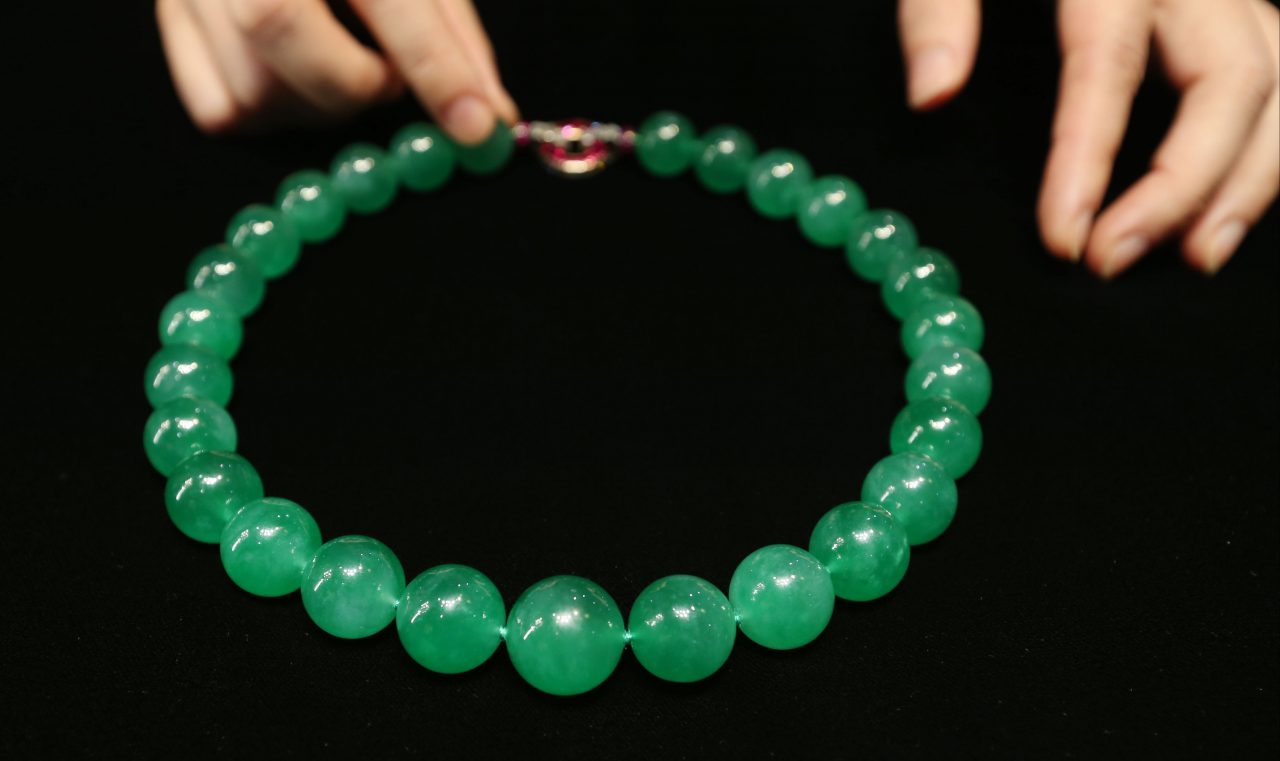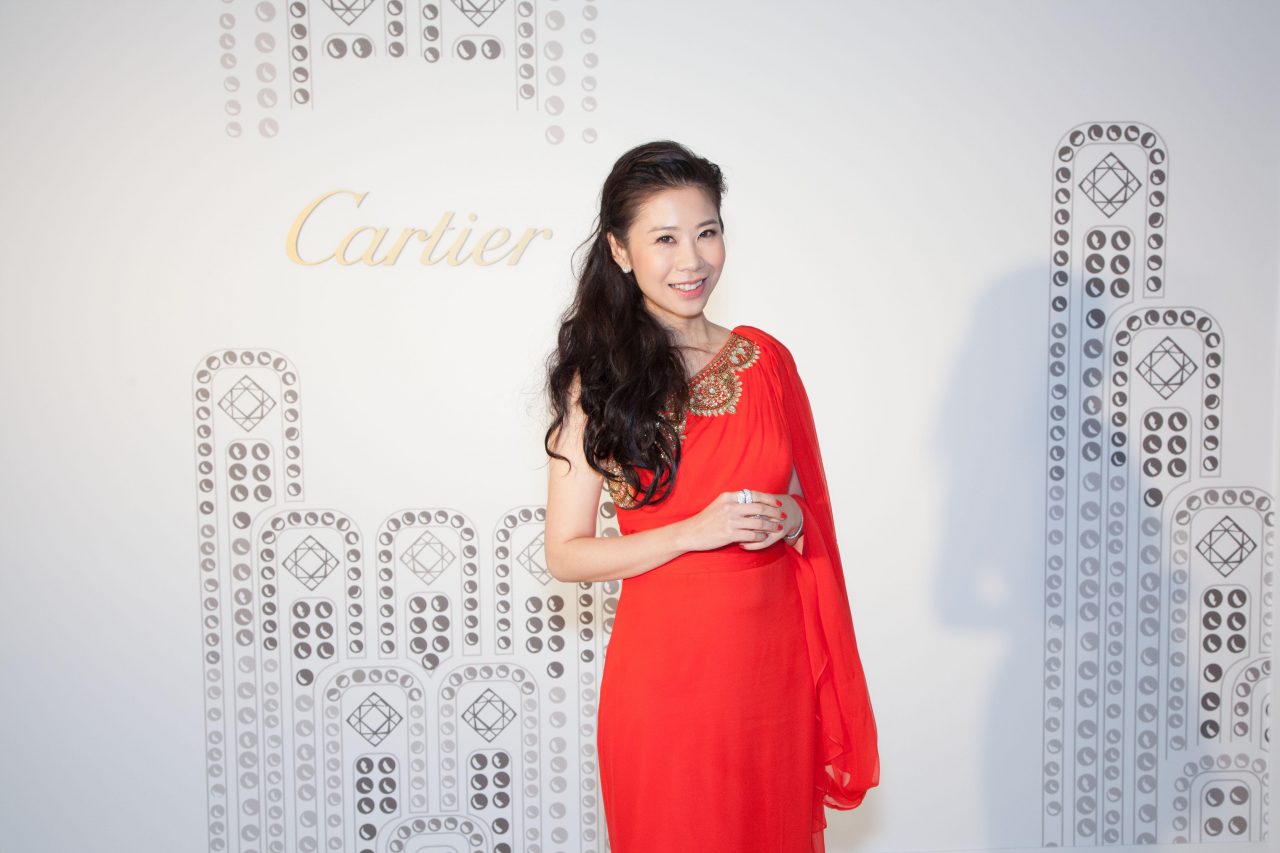The roaring twenties is looked back upon as a time of dreams and fantasy. This period right after the First World War was a time of exuberance and celebration. The world was back to normal and humanity was eager to live life to the fullest again. Luxury and modernity are both bywords of this era; as a result, a new aesthetic was born and a new silhouette was adopted to signal the times.
My early exposure must have been influenced by the time I spent growing up in New York. Surrounded by iconic Art Deco style architecture such as the Empire State Building, Rockefeller Center, and Chrysler Building, it’s hard not to fall in love with such streamlined modernity. They conjure up thoughts of glamorous Gatsby style parties and soirées where ladies were draped in the latest fashion and decked with jewellery.
The Chrysler Building in New York
Photo: Mario Tama/Getty Images
Jewellery, always a reflection of trends and tastes of the period, also morphed into something more linear and more geometric. The restrictive corsets were gone and replaced with a new found freedom. This new sensibility saw a rise in hedonism, and an aesthetic for short-crop hairstyles and sleeveless dresses, bracelets for bare arms, and tassels made for dancing. For any jewellery lover, Art Deco is a well-loved and familiar era.
At the forefront of Art Deco innovation, Cartier once again pioneered a trend and translated these “modern codes” into a recognisable style early on. As early as 1906, Louis Cartier encouraged his designers to explore and delve into the realm of abstract, geometric style as a reaction against the excessive “frilliness” of Art Nouveau. As a result, by 1920, Cartier’s Art Deco programme was already fully developed and well ahead of the competition. “Art Deco” at Cartier was much more than a style, it was an embodiment of the period.
Taste for the exotic influenced all aspects of arts, and jewellery was no exception. The Cartier brothers were inspired and often shared their enthusiasm for foreign cultures through their creations. From richly coloured oriental creations to monochromatic and geometric designs, there were many contrasts and different stylisations inspiring many design themes we still see today.

The Hutton-Mdivani Necklace (Jadite) displayed by Sotheby's in Hong Kong
Photo: K. Y. Cheng/South China Morning Post via Getty Images
For me, it is the unique combination of east meets west that impresses me the most. The far east has always been an inspiration in the west but the impact of the twenties is undeniably strong. Thanks to modern methods of transportation – cars, ships and planes – crossing continents could not have been easier. As an avid collector and connoisseur, Louis Cartier collected and appreciated many oriental objects, with many classic Chinese iconographic and mythological creatures found in his jewellery creations or adorned vanity cases.
In particular, the fascination with the orient also led to the use of exotic chromatic combinations, techniques and exotic materials such as the use of jadeite, mother-of-pearl, and coral. For me, jadeite has another special significance – it is also part of my Chinese name – perhaps that’s the reason I’m so drawn to it. In fact, for hundreds of years, jadeite has been a symbol of good fortune for Chinese people. This prized gemstone was used in many Cartier creations from the Art Deco period. The most impressive item for me is undeniably the Hutton-Mdivani Necklace which set the world’s auction record price for any jadeite jewellery. Prized by scholars and collectors for centuries, jade symbolises purity, knowledge and righteousness, as well as protection.
Deeply influenced by the sleek yet feminine styles of the Art Deco period, I am constantly enamoured by its wonderful diversity and versatile adaptability to my modern lifestyle. Whenever I add an interesting piece to my own jewellery collection, I imagine the stories that each piece holds, hoping that someday, when I pass it along to my daughters, they will have wonderful stories to tell too.
Editor
Maya Lin


